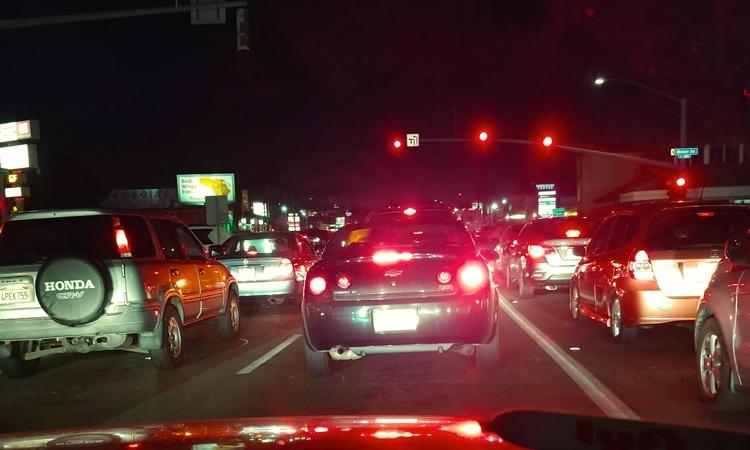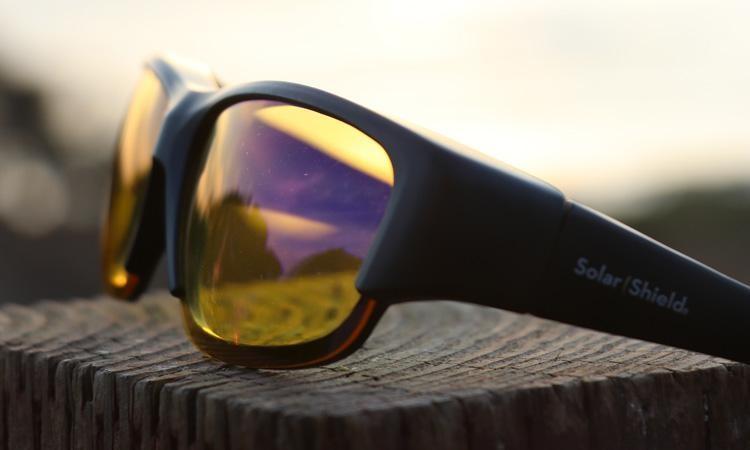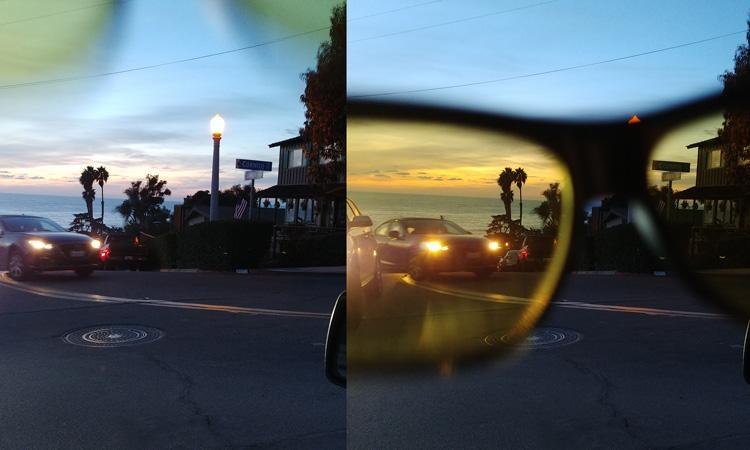You've seen the commercials, and you've probably even laughed at the concept of wearing "sunglasses at night," but how do these yellow-tinted "Night Drivers" actually work? The folks over at Solar Shield sent us a pair of their Night Drivers to try out. Here's what we learned.
The core concept of nighttime driving glasses is that the lenses help increase contrast and reduce glare. The result of these two is that your eyes should be able to see objects easier and reduce strain that could lead to accidents or at very least make you tired faster.
They key concept here is that they are designed to block most "Blue Light" as well as having an Antireflective coating that helps to reduce glare and they fit right over your existing glasses. Solar Shield also has night driving glasses that are designed for people who don't wear glasses and the frames are a bit smaller but I found the pair "Beam Night Drivers" to be comfortable and stylish too.

What is Blue Light and Why is it Bad for Night Driving?
Natural light from our sun contains a full spectrum of colors, including red, orange, yellow, green, and blue, as well as every color in between. These colors are actually different wavelengths that our brain translates into colors so that we can understand them. These wavelengths result in different energy levels, from red light at the low end to blue light at the high end with the shortest wavelength.
Blue light is everywhere and it's the same light that causes your eyes to be stressed around fluorescent lights, LED lighting (including LED automotive lighting), and flat-screen monitors such as the one I'm using to write this article. Most of the time, that's not an issue since you can simply close your eyes, take a break and look away when your eyes start to feel strained. When you are driving though, you don't have that option. At night this is even more critical since you are probably already tired.
While the eye is very good at blocking UV light*, it isn't very good at filtering out Blue Light at all. This results in increased eye strain leading to fatigue, effects that the yellow tint and anti-reflective coating on night driving glasses seeks to reduce.
* UV Light is still damaging to your eyes though and you should ALWAYS use UV protecting glasses when outside exposed to sunlight.

For me, the most challenging time of day is twilight. This is when traditional dark tinted glasses are too strong, yet the lights from cars, streetlights, signs, and reflections off the road are all shining. On top of this, it's generally when millions of exhausted people hit the road to drive home from work. This is the perfect storm for eye fatigue that might lead to mistakes and misjudgements.
While wearing the Night Drivers though, I found that eye strain was reduced while objects otherwise cloaked in shadows were easier to track. There are others selling similar glasses, but while I can't vouch for them - I like the fact that Solar Shield Night Drivers have been tested and passes global traffic light standards to enhance contrast and reduce glare.
